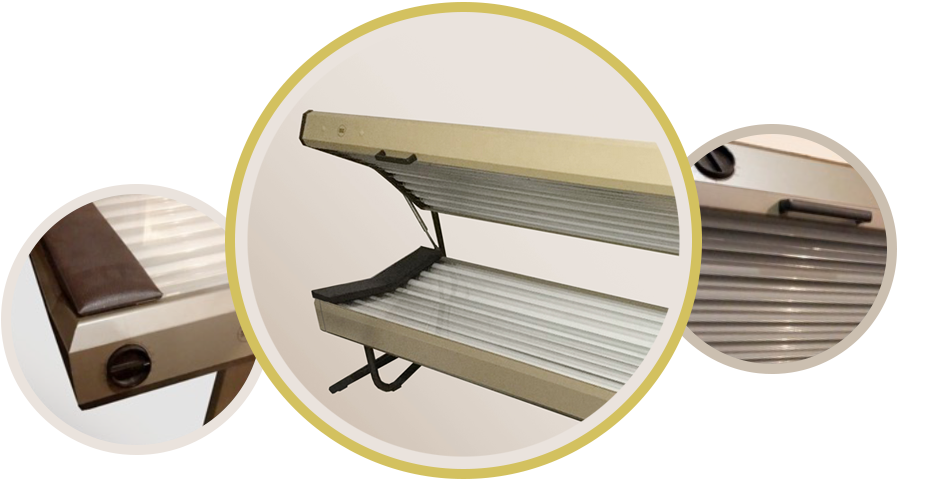
The sunbed
Sun for a better life
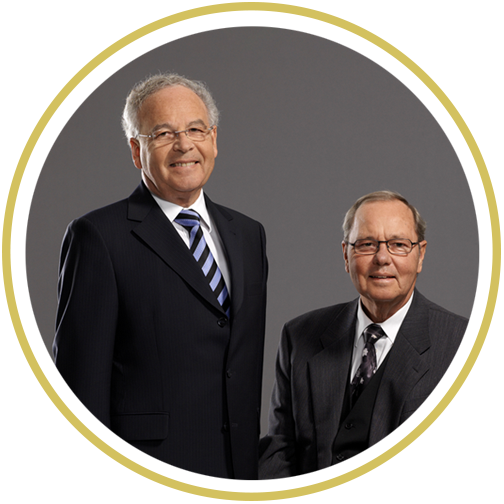
The two brothers
A continued success story
The history of the tanning industry began in 1975 when the brothers Jörg and Friedrich Wolff started to successfully market sunbeds and their associated UV tanning lamps. In the 1970s, this German idea spread around the world, thus establishing a global market. Until today, this invention allows tanning at any time of the day or night. <hr /> Jörg Wolff, the brother of the sunbed inventor, provided the impulse to found the company KOSMEDICO - marketing of cosmetic and medical lamps - in Stuttgart in 1976 and thus supplied the licensees with lamps. Later his idea led to an entire group of companies under the umbrella of JW Holding implementing a global distribution system. Jörg Wolff aimed all his energy and conviction on the heart of the sunbed: the lamps. Because the effect of sunbeds is determined by the spectrum of the installed UV fluorescent lamps. The lamp is therefore of particular importance. No effect without ultraviolet lamp.

Tanning lamps
The positive effects of the sun made accessible all year round
Right from the start, the goal of lamp development at Wolff System was to strengthen the human organism and to tan the skin in an individually dosed manner without the risk of sunburn. The UV spectrum of the sun served as a model for the development. However, it has been adapted to provide both: instant tanning through oxidative pigment darkening and long-lasting tanning through regeneration of the pigment melanin.
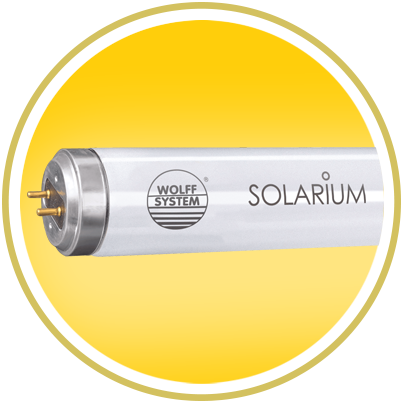
1976
In 1976, the first UV fluorescent lamp for cosmetic applications was developed, the Wolff System SOLARIUM. It is the basic type of all professional cosmetic tanning lamps and still plays an important role in the market today. This first type of lamp was installed in the first simple wooden devices under the trademark Wolff System. This lamp type enabled single-sided irradiation, had a power consumption of 80 watts (W) and was 150 cm long. Usually this was too short for whole-body tanning, which is why the lamps were arranged partially offset. Only little later, the same lamp type could be offered with a length of 176 cm and an electrical output of 100 W, which made whole-body tanning easy.
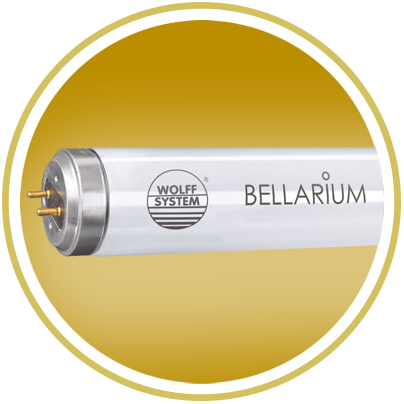
1979
Thanks to the very close cooperation between the development and the production department, a new family of luminescents, the so-called phosphors, was implemented into production only 3 years later. The spectrum of these new lamp types was broader and, above all, these lamps were significantly more stable in terms of irradiance along with increasing operating time. This was of great advantage, especially for commercial use. With the introduction of the first Wolff System BELLARIUM in 1979, the ideal complement to natural sun was finally found for cosmetic purposes.
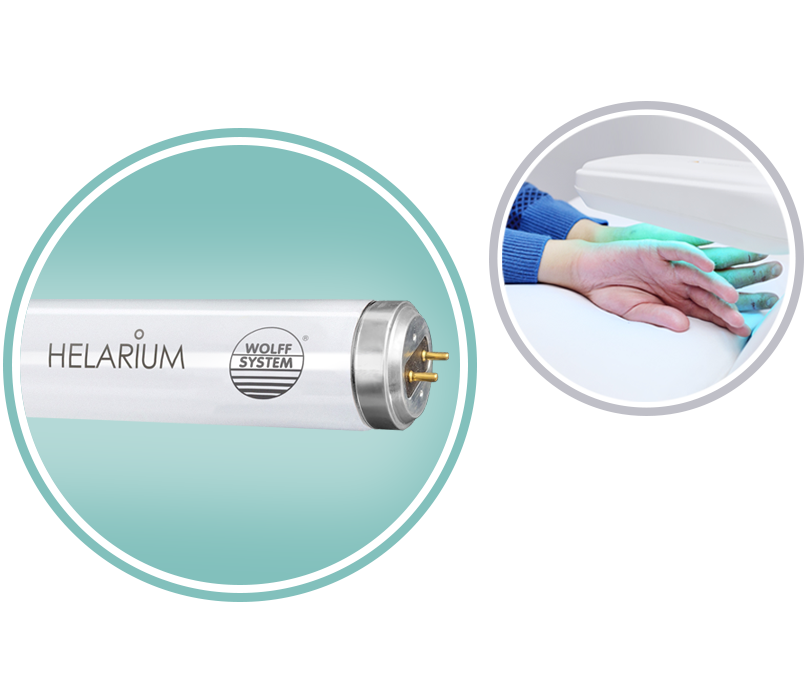
Therapeutic lamps
UV light that helps healing
Wolff System HELARIUM was the first UV lamp with a nature-like spectrum for therapeutic purposes. It was introduced in 1976. When used correctly, the spectrum of sunlight is a lasting benefactor for people and is used successfully in medicine. Skin diseases, disturbances in the biorhythm, sleep disorders and a large number of mental illnesses respond to light therapy. As often in life, when it comes to sunbathing, the correct dose is the key. Which means that if you want to take advantage of the positive effects of sunbathing, the appropriate dose for your individual skin type is crucial. If used irrationally or overdosed, the sun can damage the skin. Excessive sunbathing leads to reddening of the skin, i.e. sunburn, and can lead to premature skin aging. In contrast, sensible, type-appropriate doses and moderate sunbathing can contribute to maintaining health. Because the sun is vital. A lack of sun leads to deficiency symptoms and the associated damage in the human organism.


